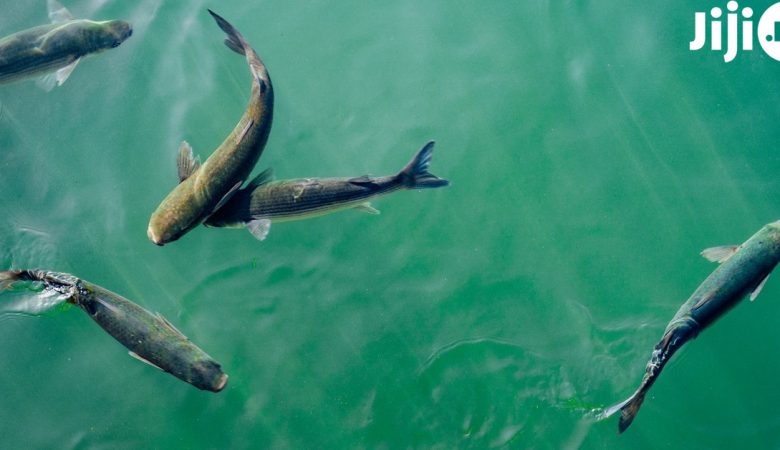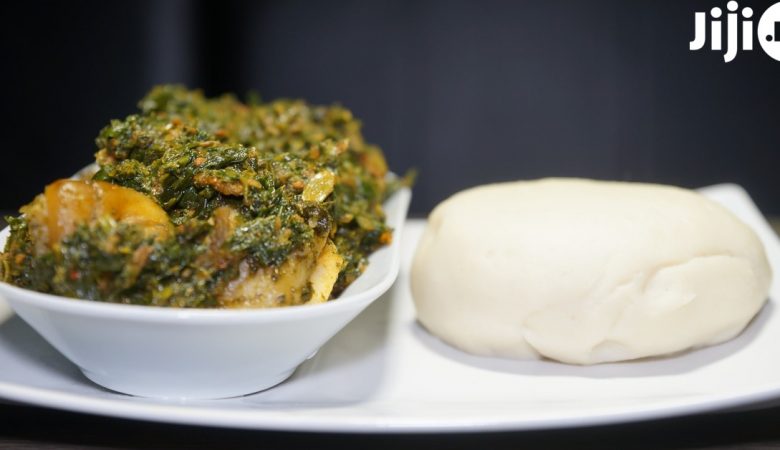Of course, you know that the paw paw fruit is sweet, but did you know that papaya business is even sweeter?!
People Underestimate the great opportunity of making a profitable business on pawpaw farming ‘cause they have lack of knowledge and correct orientation of what paw paw plant business entails.
So if you have got a little capital and you have no idea what to do with it, try making the investment into growing and selling papaya! This business is not capital intensive and it can make a really huge profit!
Let’s find out how to plant papaya & get the real profit from it!
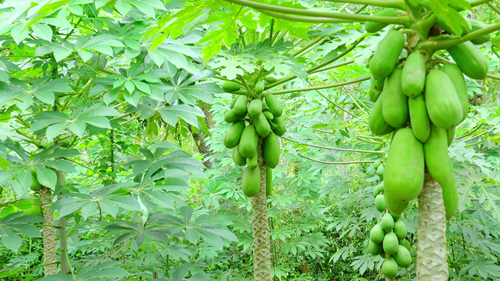
Buy quality pawpaw seeds on Jiji!
1. Papaya production benefits
- These fruits taste very good are good for your health.
- You don’t need to wait long till papaya is ripe to be edible.
- You can use the flowers and the leaves of the plant because they are as wonderful as the fruit itself.
- The leaf stems are considered as a perfect eco-straw.
- Dried and ground papaya seeds are the perfect substitute for black pepper.
- You can sell dried papaya fruits, ’cause they taste like candies and people love them.
- Papaya fruit is widely used in making refreshing drinks, fruit salads, jelly, jam and marmalade, crystallized fruits and candies. People even use green papaya fruits: they pickle them or cook them as vegetables.
- You can sell your papaya fruits on the market or/and sell it to companies/industries that use the fruit and its derivatives in medicine, in the production of natural cosmetics and beverages – so you can supply to them and earn extra money!

2. Best conditions for pawpaw farming
Papaya plant prefers warm, sunlit and hot places. The trees should be protected from constant winds and excessively wet areas, where rainwater accumulates. Papaya grows on warm, well-drained soils. Keep in mind excess moisture will quickly destroy the plant. The soil must be moist in hot weather and dry in cold weather. Also, the plant does not tolerate salt water or soil.
Watering is the most important aspect of papaya farming. Plants should be kept on a dry side to avoid The root rot. Also, it requires a sufficient amount of water to keep the large leaves in a good condition.
The best period of planting the pawpaw seedlings is before the rainy season, between January to March.
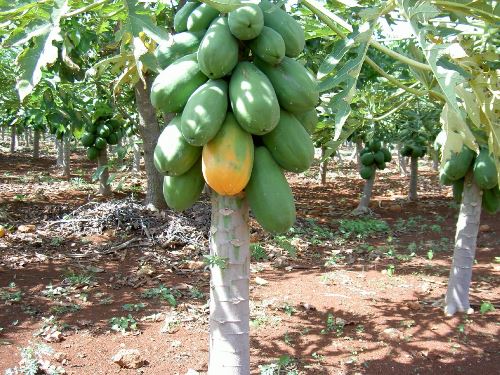
3. Types of papaya
The most popular types of papaya are:
- Large maradol.
- 22.
- Pink solo.
- Red Lady.
Red Lady species has several benefits:
- This is a good delicious papaya. This species has its own specific taste (any other varieties have such a taste). It’s insanely sweet papaya – sweet to the peel!
- Red Lady papaya starts bearing fruits half a year after the seeds planting. Fruits start growing at a height of 60-80 cm. If everything is done right, you can easily get 30+ fruits from one papaya tree.
- In Red Lady, papaya is less pitted than all other papaya varieties.
- The variety of Red Lady does not have a specific papaya smell, because of which many do not tolerate this fruit.
- A Red Lady pawpaw is highly resistant to ringspot virus.
Red lady papaya cultivation is nearly the same as the other varieties, but there are two main tips:
- You should cover the Red Lady with a plastic to protect the plant from excess water in the rainy areas.
- You should replace Red Lady pawpaw plants every 4 years to guarantee the soil is free of nematodes and healthy.
Check out the info on how to cultivate papaya below.
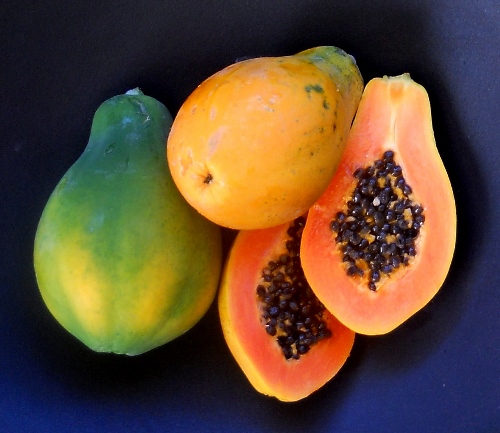
4. How to grow papaya
For a good pawpaw crop, use the correct papaya plantation information:
- Purchase the best species of ripped papaya.
- Buy/rent a land for the pawpaw plantation and prepare it: clear it up and burn the refuge up to the ashes.
- Plant the seeds five meters away from each other.
- Sprinkle on several of your seeds. A couple of 12 per bed is OK.
- Then, lightly cover the seeds with compost, then mulch the patch well.
- The papaya seeds take a couple of weeks to grow (maybe longer).
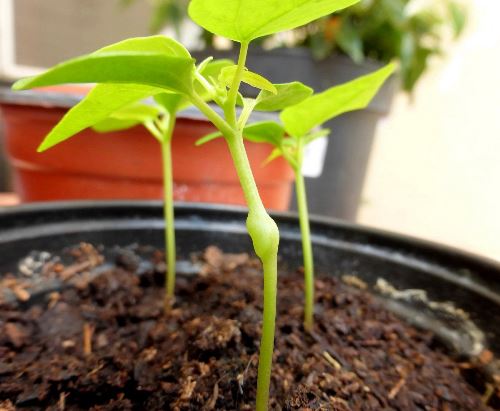
- After 1-2 months of pawpaw cultivation, clear the weeds around the crops but don’t dispose of the refuge, let it decay to turn to the manure for the soil.
- After 2 more months, transplant the papaya springs to the gaps in the soil of more than five meters. Keep in mind that you need to leave only 2 stands in the planted spot (one of them may be a male, and the male plant doesn’t give fruits, but you still need them for the cross-pollination. You will need only 1 male plant for every 10-15 females to provide good pollination.

- Three months later you should purchase the «uproot» or «force up» chemicals (or any other herbicides to spray the soil) to balance the crops and get them ready for production. After six months, apply the same chemical, spraying it all around the farmland.
- Pawpaw begins to bloom 4 months after planting and the fruit is ripe after 7 months old. The papaya tree continues to bear fruit until the age of 4 years. It is appropriate to harvest when the fruit is fully matured, light grain with a tingle of yellow at the head end.
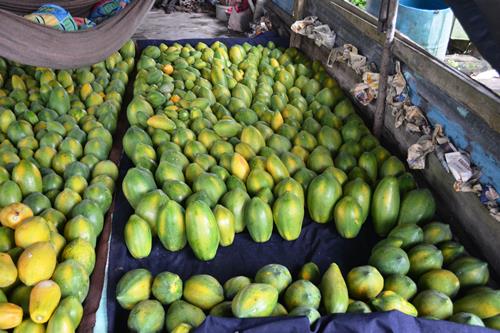
5. Best fertilizer for paw paw trees
- Treble Superphosphate.
- Compost.
- Mulch.
- 14-14-14 Fertilizer.
Buy quality fertilizers on Jiji cheaper!
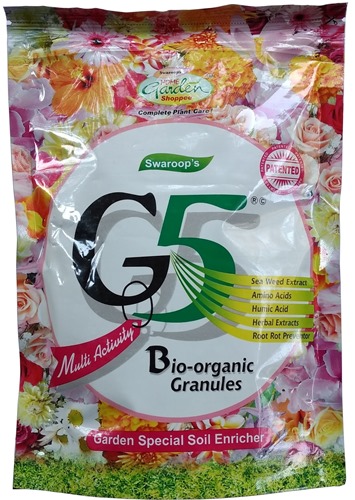
6. Papaya farming feasibility study
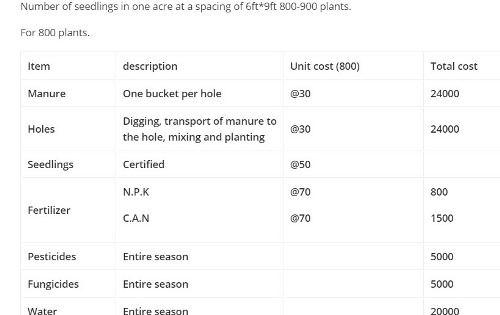
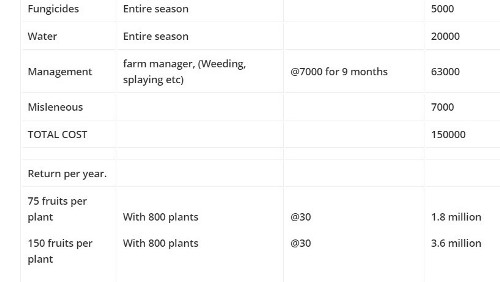
7. Papaya business plan
Papaya Growing by EWS. A profitable business. Step by step approach in Papaya management.
How to manage your papaya plant even at your backyard.
Install free updated Jiji app now for getting the hottest deals on Jiji right on your smartphone!


